We are amazed by the potential in Peru. With simple equipment, minimal infrastructure and hardly any government support, smallholder farmers are producing amazing coffees. Alas most of them go into a big pile which is sold for much less than it is worth. The country is known for certified coffees at low prices which means producers earn a small premium for the certification, but there is no incentive to improve quality.
This situation is unsustainable and many producers are leaving coffee because they can not earn enough to support themselves. Sadly many switch to illicit crops like coca, the raw material for cocaine.
Fortunately, things are changing and we are excited by the possibilities. We have decided to start buying in Peru, creating quality focused programs to incentivise producers to make the investment of time and money, and we are excited to see where this goes.
We have decided to work in the north of Peru for now, around Jaen and San Ignacio in Cajamarca. We have developed programs with small communities in a few selected areas through a privately owned company called Origin Coffee Lab. Plus we are exploring other projects, including one with a small cooperative called Cedros.
We’re selecting micro-lots of the high performing coffees at lot sizes between 10 – 20 bags, and creating blends from the same communities where the coffees are exceptional but the lots are too small to buy individually. As always, we pay high premiums for quality, well above the local price, and still the coffees are extremely good value for the quality.
The farms
A typical farmer involved in our programs will have two hectares planted with coffee. Their farms are mainly organic, and most coffees are certified. The varieties will often be mixed, but they mostly grow local Bourbons, Catuai, and some Typica.
Farmers have limited resources and few can afford to employ pickers during the harvest. Instead they organise “mingas”, which are communal working sessions where all farmers within a community gather at one farm to pick the cherries or undertake other works. Think of it like a barn raising, or a dugnad or frivillig for our Nordic customers. Locally they describe this way of working as “today for you, tomorrow for me”.
After harvesting, farmers pulp and ferment the coffees in micro-mills on the farms. They normally work with a small hand pulper and a wooden or concrete fermentation tank. Some producers do dry fermentation and others do wet fermentation.
Coffees are frequently dried on plastic laid on the ground, however some producers dry on the roof of their house, or in a parabolic dryer. It is common to use a drying facility at a neighbour or relative’s place. It sounds rough, but the truth is we have seen amazing coffees, well dried on plastic just outside the farmer’s front door.
We have samples available for our 2019 Peru selections. Check out our offers list below.
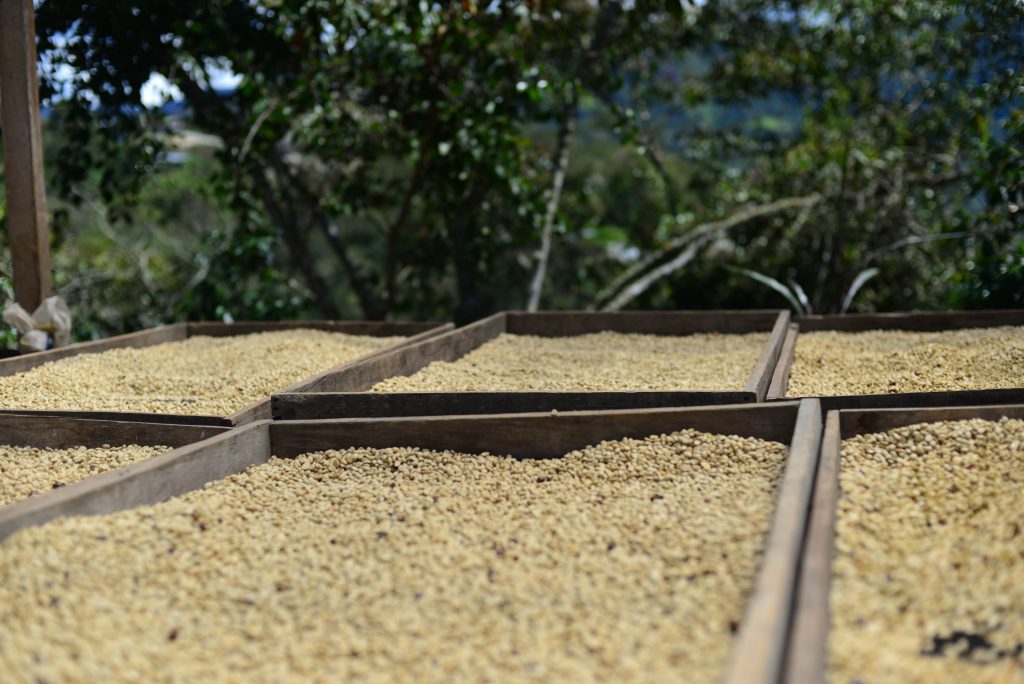
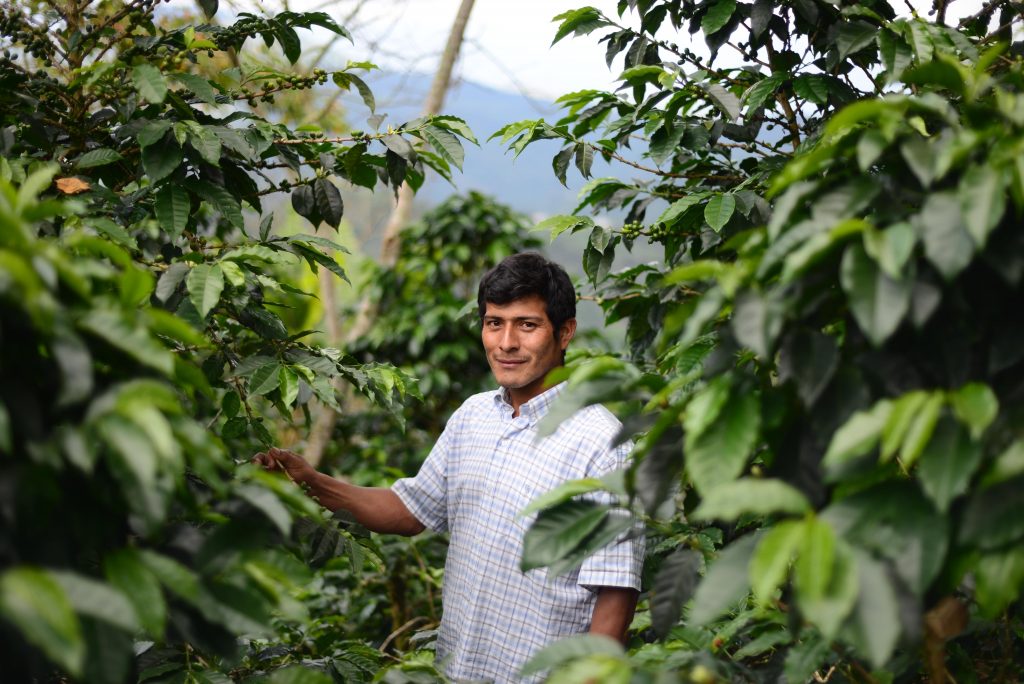
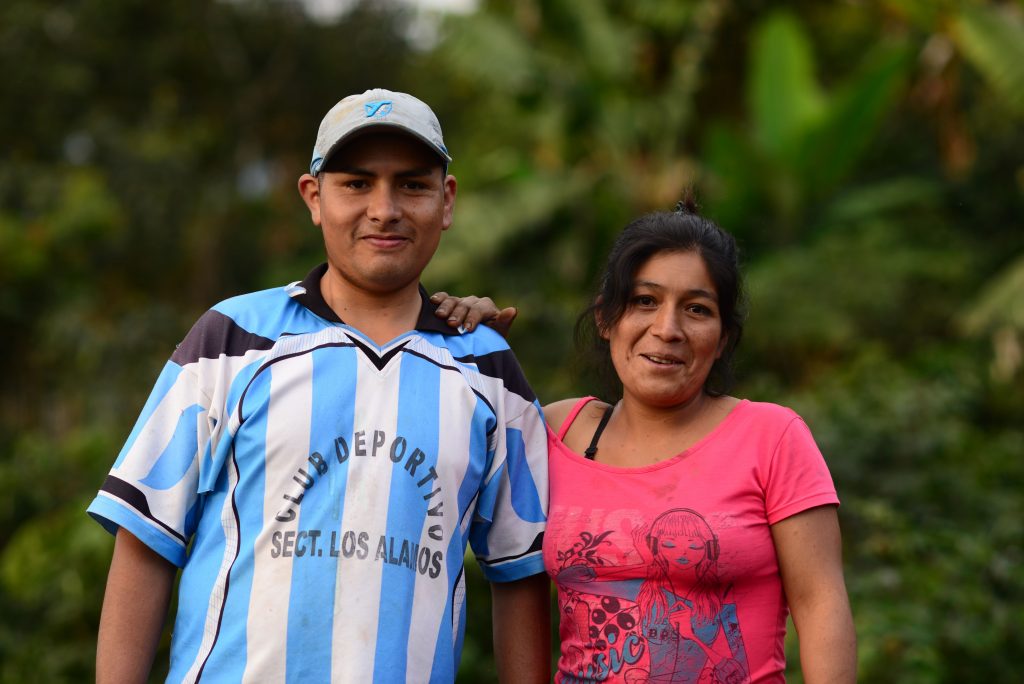

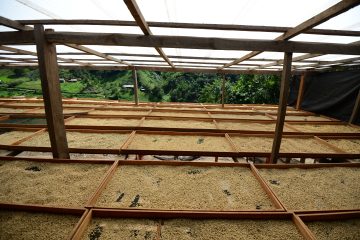
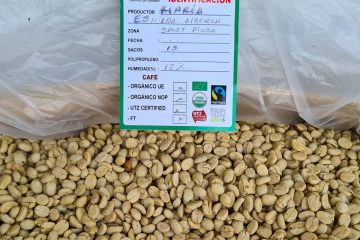
0 Comments